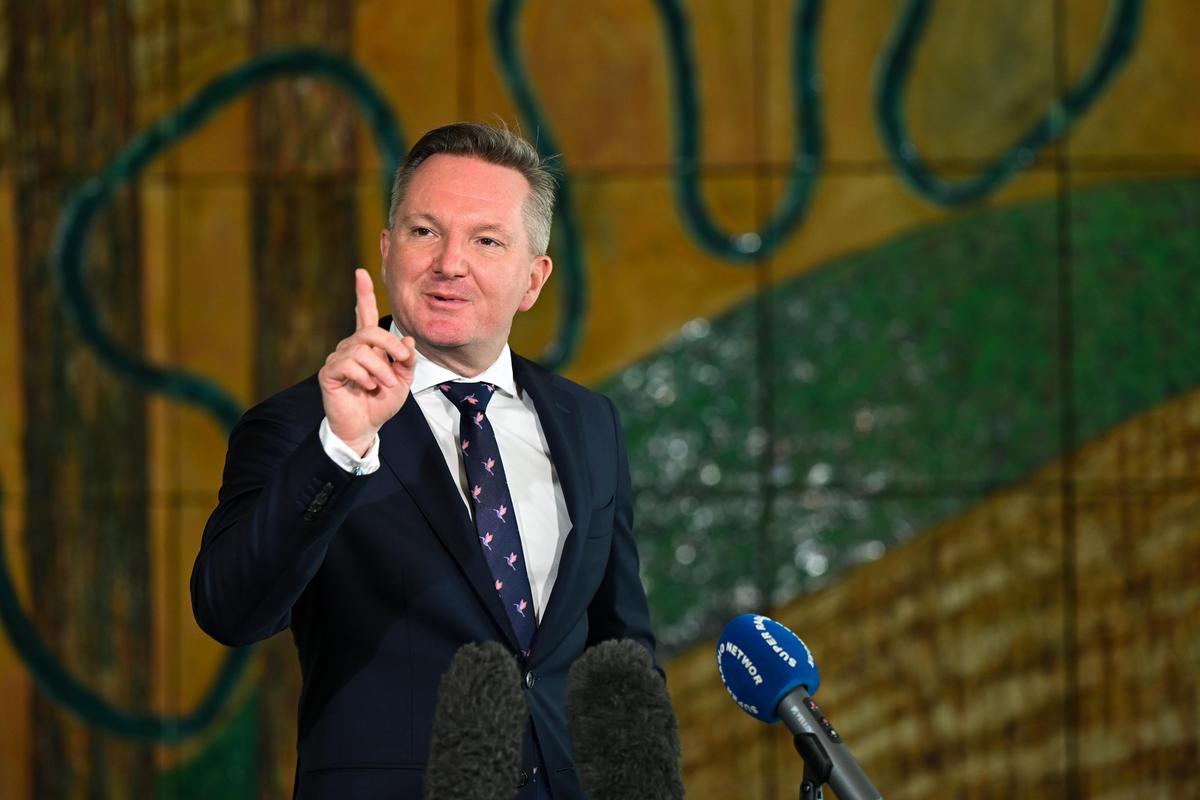Cheaper environmentally-friendly power is the aim of the federal government as it pledged $60 million into household energy upgrades.
As part of the Albanese Labor government’s $1 billion Household Energy Upgrades Fund (HEUF), the Clean Energy Finance Corporation (CEFC) will support low-interest loans provided by lender Plenti that can be used for energy-efficient upgrades to “future proof” homes against producing emissions.
The installation of solar panels and lithium batteries is often out of reach for the average consumer, but so-called “green loans” are now in vogue as the government makes the push to provide homeowners with a credit line, typically with low interest, to introduce these products to new or existing builds.
The federal Climate Change Minister Chris Bowen said last week via a statement, “These loans will let more Australians put solar panels on their roof or a battery at their back door, providing big savings on their energy bills for decades to come.”
“The Albanese government is putting the power back in the hands of households, to give Australians more opportunities to benefit from the energy transition and ease cost-of-living pressures,” he added.
Assistant Minister for Climate Change Jenny McAllister said the loans will help to retrofit existing homes.
“More than 7 million homes were built before national codes included energy performance standards. Just upgrading a house from a 1-star rating to a 3-star rating can reduce energy bills by 30 percent, and the Fund will help more than 110,000 households access lower cost green loans to do just that,” she said.
“Through this Fund there are now more opportunities for families to install solar panels, batteries and other energy-efficient devices, to make homes warmer in the winter, cooler in the summer and cheaper to run, “Ms. McAllister added.
According to figures released in the joint statement, HEUF said it expects to aid 110,000 eligible customers with green loans via Plenti, adding that a “comprehensive” retrofit could save a household up to $1,600 on annual energy expenditure.
Applications will be open from June 5.

Reduction Of Household Emissions Part Of Net-Zero Strategy
Under the Paris Agreement, Australia aims to reduce emissions by 43 percent below 2005 levels by 2030.Launched in 2021, the National Climate Resilience and Adaptation Strategy is a plan to build resilience to climate impacts across various sectors.
About 11 million Australian homes are deemed to contribute 10 percent of greenhouse gas emissions primarily through energy consumption for heating, cooling, lighting, appliances, and water heating, especially in states where electricity is generated predominantly from coal and natural gas.
Significant energy is used for space heating in winter and cooling in summer. The efficiency of heating, ventilation, and air conditioning (HVAC) systems also greatly affects emissions.







